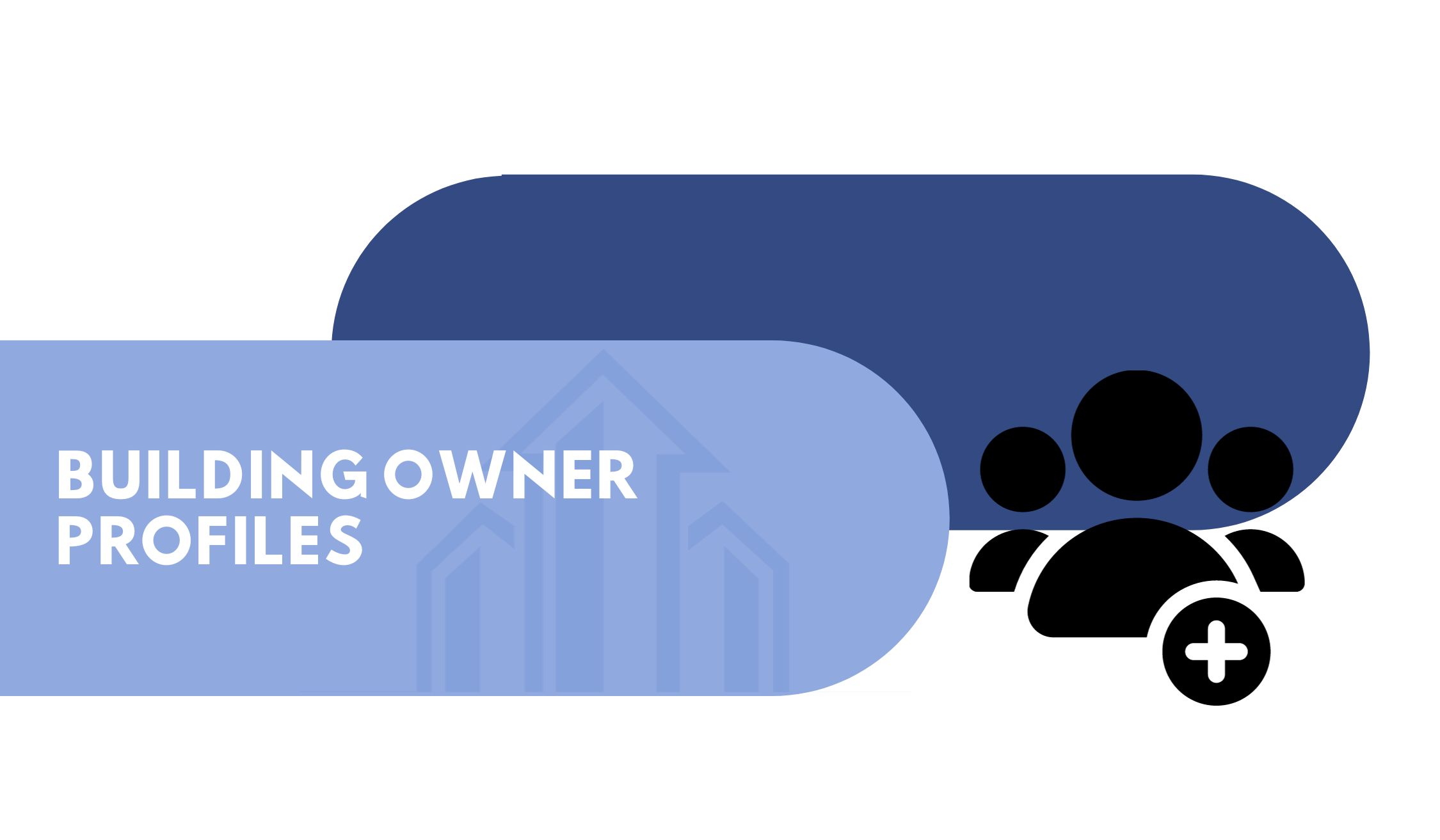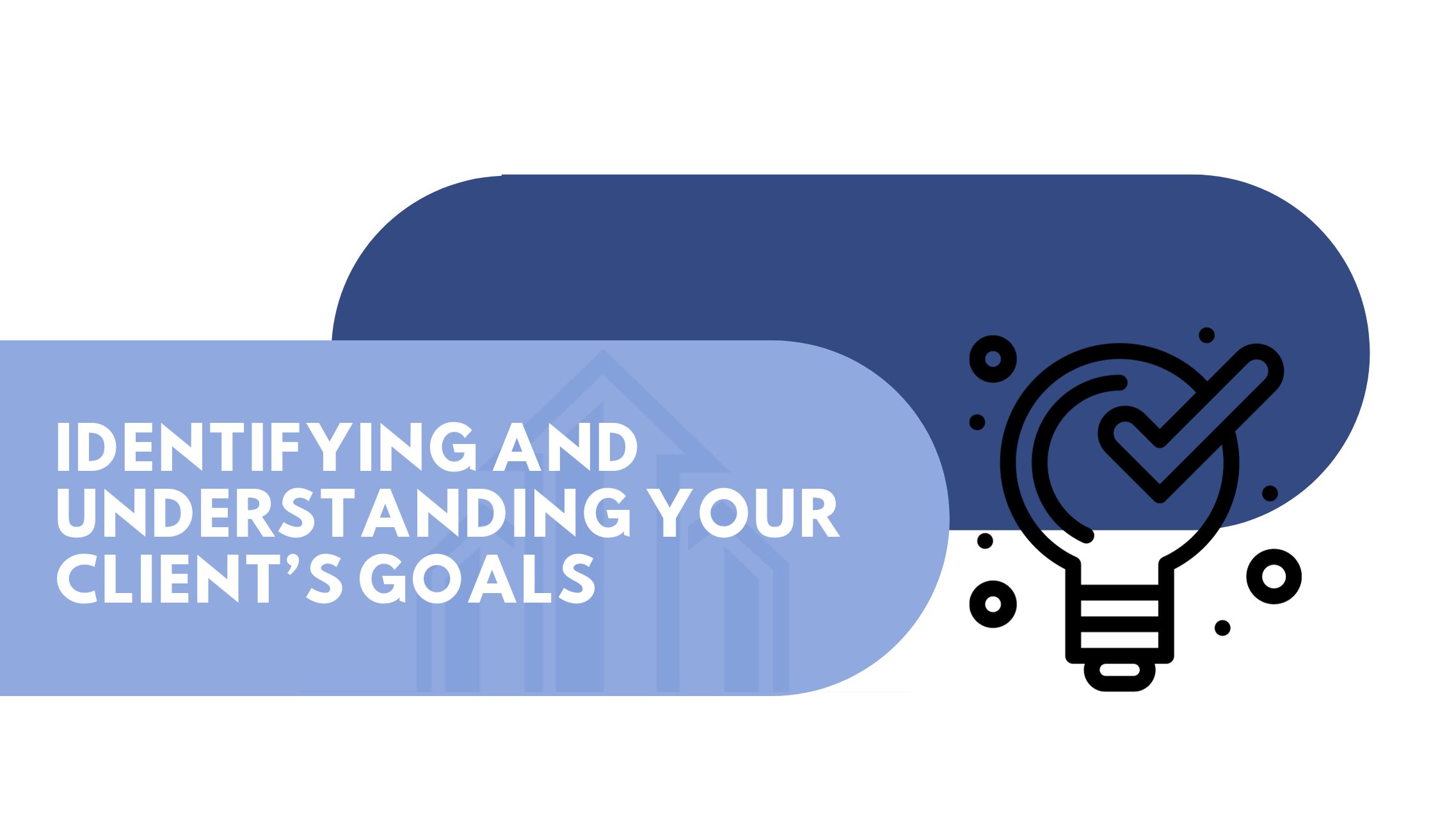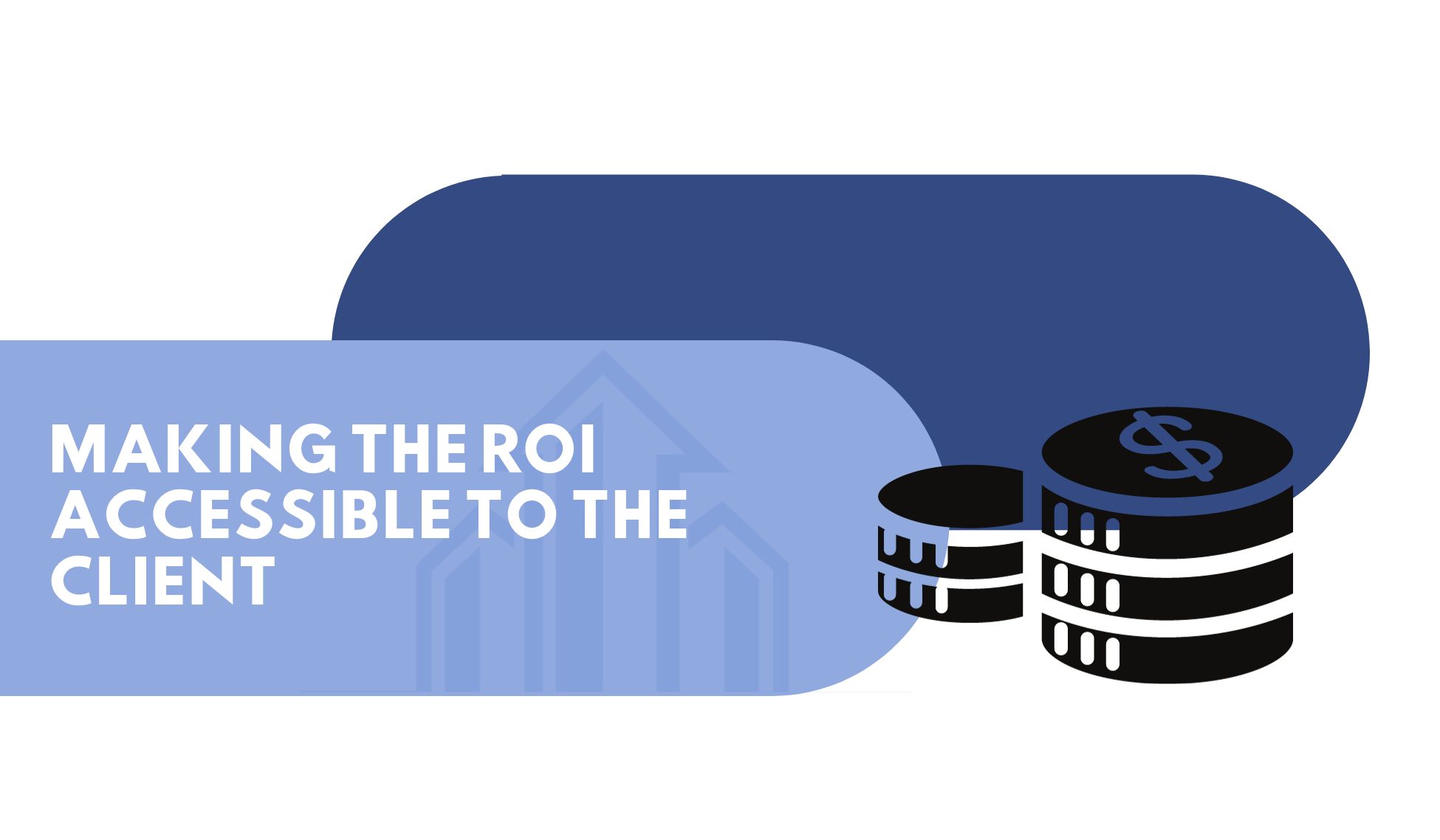
As a property management company, you know that retaining customers is crucial to your success. So what is churn and why does it happen? How do you keep your owners happy and prevent churn? In this blog we’ll cover everything you need to know, from how to calculate churn, to how you can prevent it.
Why Churn Rate Matters
Churn can be defined as your customer turnover rate. It is a measurement of how many clients leave your company in a given time period.
You know that in order to grow your property management company, you need to bring in more leads and increase your door count.
But in order to really grow your company, you also need to retain your current owners.
Pretty soon, we’ll cover just that, but let’s get the basics out of the way first.
How to Calculate Churn Rate
To evaluate your client churn, you’ll need to calculate it. You should calculate your churn rate on a monthly, quarterly, and yearly basis.
Your churn rate can be calculated by the amount of lost customers, divided by the total customers at the start of the period, multiplied by 100.
For example, if you started the quarter with 120 clients, and now you have 110, you lost 10 clients. To calculate the churn rate, you would divide the amount of clients lost (10) divided by the amount of clients you started with (120). Then, multiply by 100 to get the percentage. In this scenario, the churn rate would be 8.3%.

While client turnover isn’t ideal, it is inevitable. The average property management company experiences 10-20 percent of churn in any given year. Ideally, your gains outweigh your losses, but doing what you can to retain clients is the only true way to grow your business.
Pay attention to client churn and keep track of the client name, the date they signed, cost of services, and the date they left. Most importantly, figure out the “why”. Understanding why you lost an owner can prevent you from losing an owner for the same reason in the future.
Questions to ask yourself include:
- Could we have prevented losing this owner?
- Why did we lose this owner?
Why Churn Happens
So, after asking yourself the questions above, you’ll have an idea of why churn happens. In this section, we’re going to elaborate on these factors.
Price
Price is a large reason for client churn. If your client finds a way to receive your service for a smaller price tag, they will likely churn. This is one of the many reasons why it is important to establish the value you provide to your clients, and strive to exceed their expectations.
Customer Experience
Customer experience is also a defining factor of client churn. If your client found you were hard to get a hold of, or your team seemed unorganized, this could easily result in churn. Your clients are paying for a service, and they want to feel valued.

If they have negative experiences when interacting with your company, it will serve as motivation for them to find a similar service elsewhere.
Competitor Intervention
This brings us to our next reason for churn, which is competitor intervention. Every company has competitors, and there is always the chance that your customers will leave for your competition.
Now, it’s not a good use of your time to worry about your competitors, but you should consider why they’re leaving your organization and finding your competitors. Maybe they offer something you don’t?
Lack of Desired Service
Over half of customers expect their experiences to be personalized. So, if you aren’t offering the specific service to tailor to your clients needs, they may not see the value. This is one of the many important reasons to be thorough during your client onboarding process, and make sure you are clear on their goals, and your ability to deliver them.
Remember that every client churn is different, and you should ask for client feedback during the off-boarding process to provide better service in the future.
Now that the basics have been covered, let’s dive into how your property management company can ensure owner retention.
How to Retain Owners
In this section, you’ll get a goldmine of tips for retaining owners.
Owner Profiles
Just like rental property owners are looking for a property manager who is a good fit, you should be looking for owners that are a good fit for you.

After all, a client who is a good fit is more likely to stay with you in the long run.
So who is your ideal owner? Knowing the answer to this question is important and we’ve got the secret sauce to help you answer it: owner profiles.
To find your ideal owner, you should ask yourself a series of questions. For example, what is your company’s specialty? If you specialize in single-family homes, a client with multi-family properties might not be the best fit, and does not set you up for successful client retention.
Consider the specific services you offer and who would stand to benefit most from them. This will also allow you to build a strong relationship with the client right from the start. From here, one of the most important things you can do is prioritize communication.
Clear and consistent communication is vital, and once you have a relationship with the owner, you’ll know their preferred method of communication and how often to touch base.
Understanding Your Client’s Goals
Knowing the goals of your client is essential to keeping them. After all, you need to know your client’s goals if you are going to help them achieve them. As well, by discussing their goals from the beginning, you will know if their goals are within reason.
Every client will have unique goals. For example, an investor with a large portfolio will have much different goals than an accidental landlord.

You want to make sure your company is the right fit to help the client meet their goals, so again, knowing who your ideal client is really comes into play here.
Make sure you know your clients goals, and beyond that, make sure they know what they want to achieve from your services. Identify their challenges and opportunities so you can best align your strategy with their goals. You can get these answers through surveys, interviews, or questionnaires.
Now that you have the “what”, you can determine the “how”. Define the scope of what you will be delivering to the client. This is when you should outline exactly what you’re going to achieve, how you’ll achieve it, and when you will achieve it. Also consider what aspects are out of scope, and the assumptions and risks.
Once these goals are set, it’s important to monitor and update the goals as necessary. Be sure to keep your client in the loop about what’s going on. Track your progress against the set goals, and be sure to pivot as the metrics and indicators suggest.
Clear Communication and Transparency
Make sure to regularly update your clients as you’re tracking the set goals. Clear communication and transparency are essential. Schedule meetings where you can report the results and achievements. Meeting with your clients is a great opportunity to make sure their goals still align with the strategy. A huge part of client satisfaction and retention is keeping the client informed and responding appropriately to their feedback.

Have Their ROI Clearly Accessible to Them
When you make the ROI of a rental property clearly accessible to its owner, you increase the likelihood of them staying with you in the long term.
You can provide owners with monthly, quarterly, and annual updates that clearly outline the financial status of their property or properties, and the ROI.
Be sure to break down the ROI, rather than just provide them with a number. For example, you can show them the ways in which your relationship protected their ROI, through things such as your quick maintenance response times, preventing more costly repairs down the road and also keeping tenants happy, therefore keeping turnover low and mitigating the costs of marketing.
You can also show owners how managing the ROI on their rental property goes beyond day-to-day operations. For example, you can show how you increase their ROI come tax time, through your extensive industry knowledge and connections.
Investment property improvements and repairs can be a tax write off, so make sure your clients are aware. Improvements are considered anything that betters the property, and the cost can be capitalized and depreciated over several years.
Property repairs are considered anything that restores the property to its original condition, and can be written off in the year that the client paid for them. Being privy to this information, and helping your clients utilize this benefit come tax time will result in appreciative and content clients who want to stay for the long haul!

Offering Employee Incentives
So far, we have focused on finding the right owners for you, and retaining those owners. Our final tip for owner retention turns inward – offering employee incentives.
Of course, this strategy will only be applicable for companies with staff structured in such a way that employee incentives are possible.
If your company has multiple property managers, you can base their bonus on their own personal retention rate.
Consider implementing a tiered bonus system, where higher retention rates lead to more significant bonuses. This not only motivates employees to excel in client satisfaction but also directly ties their efforts to the company’s overall success.
Invest in your employees’ growth by offering professional development opportunities. This can include workshops, industry certifications, or even tuition reimbursement for relevant courses. By enhancing their skills, your property managers become more valuable assets and are likely to be more engaged in their roles.
Bottom Line
We hope that now you are armed with all the necessary tips to help retain your clients and prevent churn. By properly implementing this advice while adding new clients, you will see a significant amount of sustainable growth for your property management company.
If you’re looking for more ways to grow your property management company, speak with the experts at Upkeep Media. We have helped hundreds of property management companies reach their goals, and we can do it for you too! Simply hit the “Start Here” tab at the top of the page to unlock property management success!



